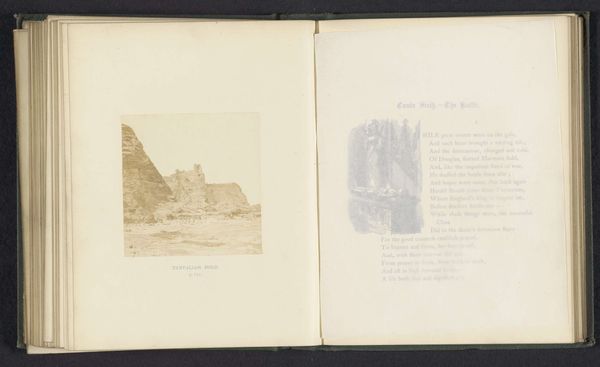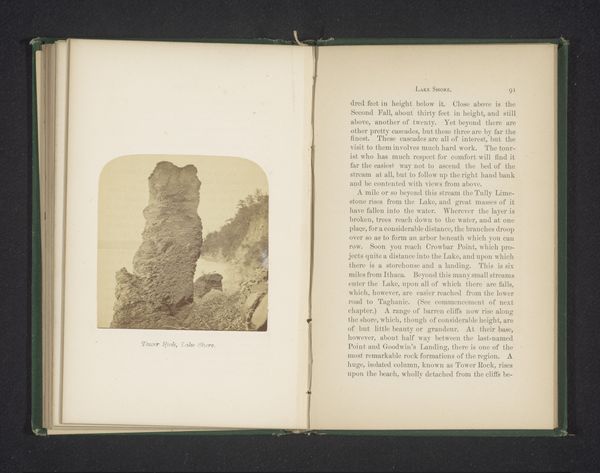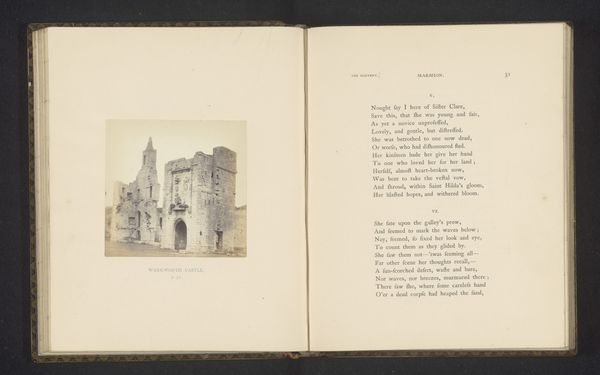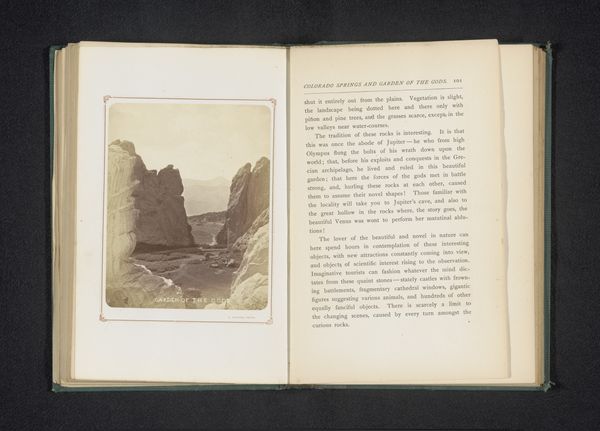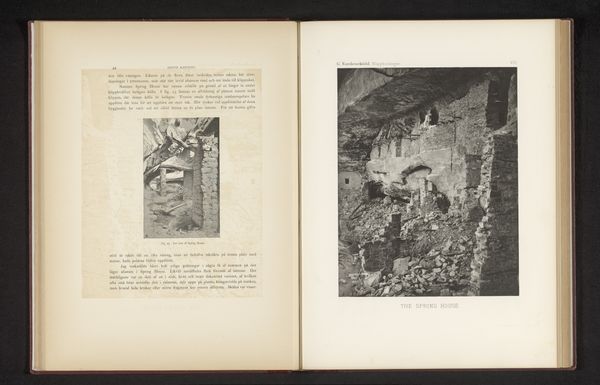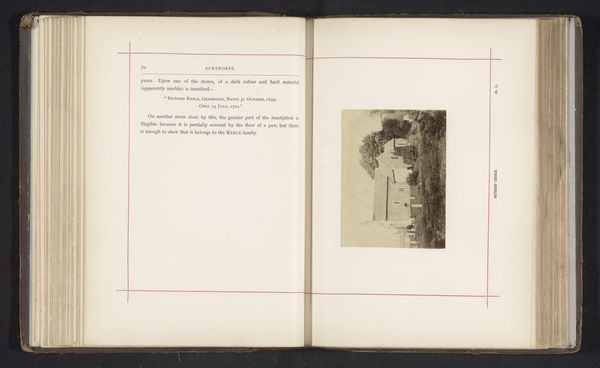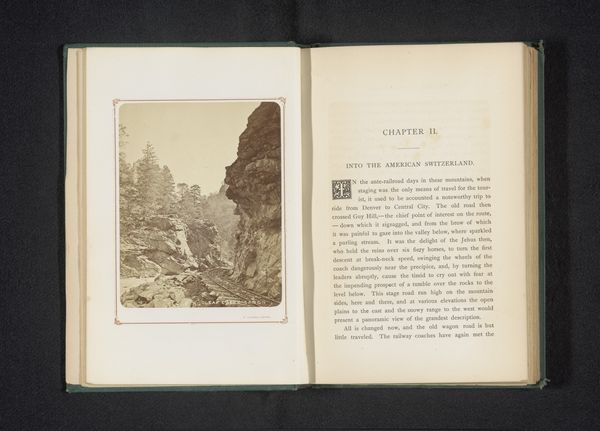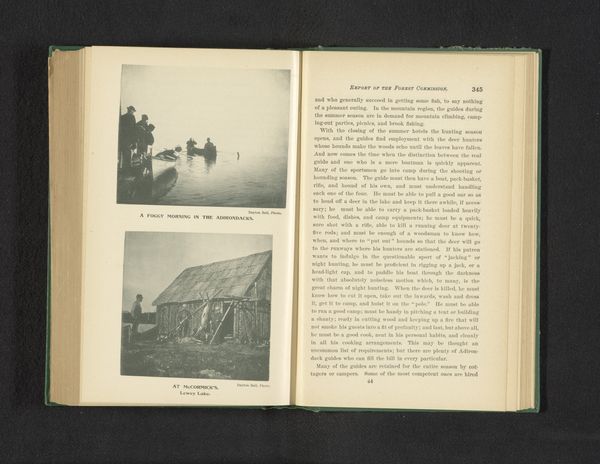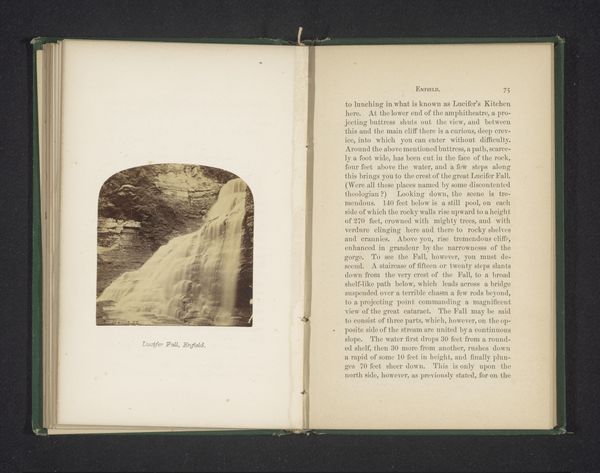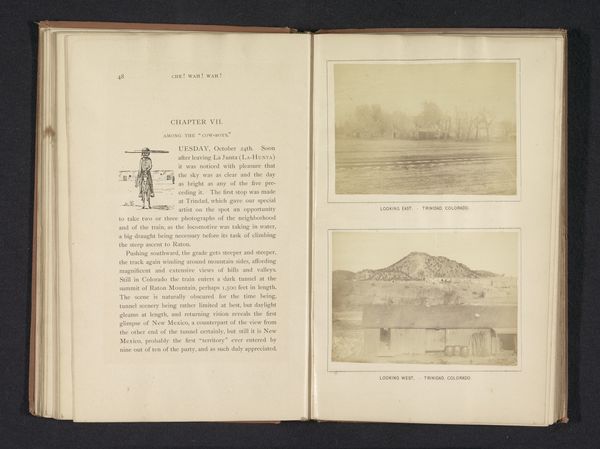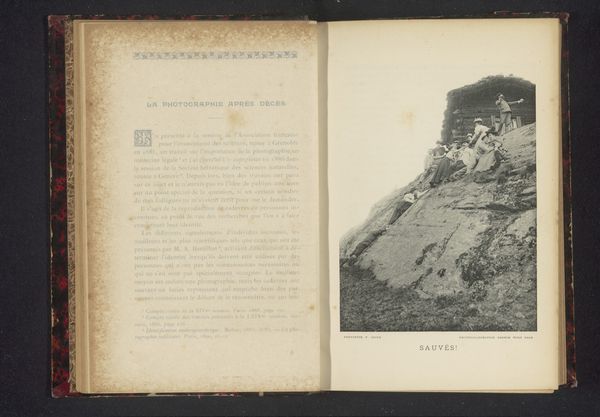
Dimensions: height 81 mm, width 83 mm
Copyright: Rijks Museum: Open Domain
Editor: So, this is "Tantallon Hold" by Thomas Annan, from before 1866, an albumen print from a larger book. It’s quite striking how the fortress seems to grow directly out of the landscape. What's your take on it? Curator: What strikes me is the relationship between the crumbling structure and the social upheavals of the time. Photography was becoming a powerful tool for documentation, and here, it captures a scene that evokes a sense of fading power. How do you think the image speaks to notions of Scottish identity during this period, especially considering its proximity to Romanticism? Editor: Hmmm...I hadn't thought about it like that. The ruin could symbolize a lost past. Perhaps the photo reflects a changing social order with the decline of the traditional aristocracy. Curator: Exactly. And think about the medium. Photography itself was revolutionary, democratizing representation. This image of Tantallon Hold could be seen as a comment on the accessibility of places once reserved for the elite. Editor: That’s interesting. It’s like the photograph levels the playing field, making history more accessible. Curator: Precisely. This photograph offers a moment of reflection on the transformation of power structures, suggesting that what was once exclusive and imposing is now exposed and subject to broader interpretation. The rise of photography and the decline of feudalism mirroring each other. Do you see how Annan positions himself and, by extension, the viewer, in relation to that history? Editor: I think I'm beginning to! By documenting the ruins, Annan is participating in the rewriting of that history, inviting viewers to consider their own relationship to the past. Thanks, that gives me a lot to consider! Curator: My pleasure! It’s by questioning these relationships that we uncover the true value and complexity of art.
Comments
No comments
Be the first to comment and join the conversation on the ultimate creative platform.
